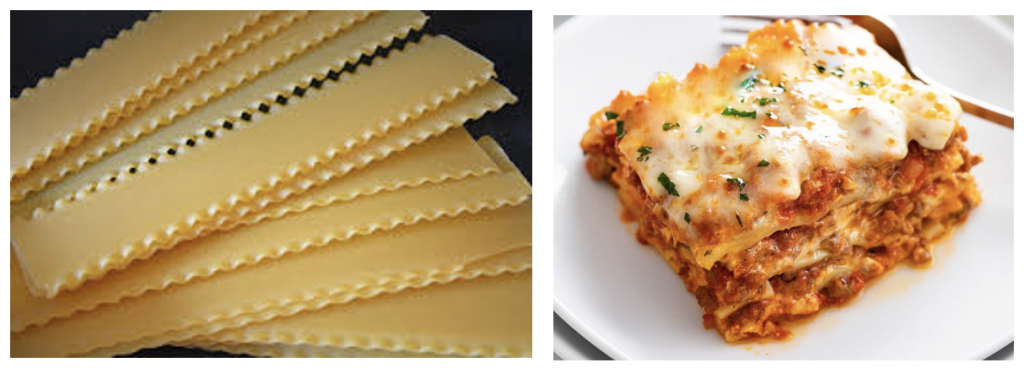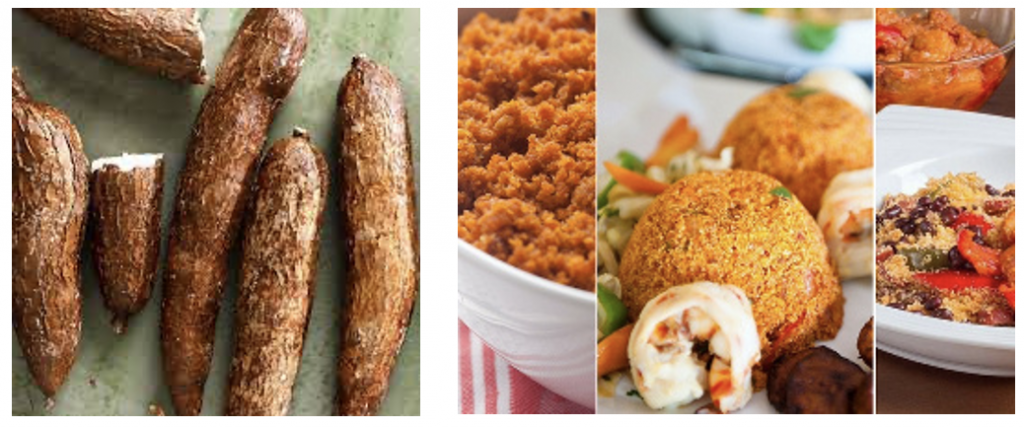
Hotels are complex operations although one may simply see them as ‘just’ selling rooms and food and beverage services etc. Several departments work and must interact with each other and coordinate for a smooth day-to-day operation.
What intrigues me is that while each department operates within unique standards, there are general standards that bind them into a functional unit. The bigger the hotel the more distinct the following departments:
| i. Front Office Department | ii. Housekeeping Department |
| iii. Food and Beverage Service Department | iv. Kitchen or Food Production Department |
| v. Engineering and Maintenance Department | vi. Finance and Accounting Department |
| vii. Security Department | viii Human Resources (HR) Department |
| ix. Sales and Marketing Department | x. Purchase Department |
| xi. Information Technology (IT) |
Considering standards, my ‘lot’ fell on the kitchen or food production department. Perhaps this is because I miss professional kitchens and I must confess the kitchen is a department that I find fascinating! And, why not? Consider the following:
- Dried sheets of pasta layered with rich meat ragú, ricotta and mozzarella into lasagna.

- French Crêpes turned into a delicious savory Chicken and Mushroom crepe with a creamy béchamel sauce.

Transforming potatoes into German Potato Pancakes – Kartoffelpuffer – Reibekuchen, Watch this.
Transforming cassava into Gari foto

I’m sure you can continue this list of how various food commodities are transformed into your favorite dishes, from starters to desserts!
I’ve worked as an operational personnel in a few kitchens; cafeteria kitchens at two university campuses and a hospital kitchen (institutional kitchens), a fast food kitchen and kitchens of three specialty standalone restaurants- a Crêpe house, a German restaurant and an Italian restaurant, all with American influence!
‘Standardize, standardize!’ complained a colleague. ‘All I hear is standard tools, standard recipes, standard measurements, standard this, standard that!’
I particularly miss the standard ladles or portion ladles. Refer pictures below.

Kitchens are the heart and soul of any foodservice outlet. Their organization considers basic operating activities such as receiving of food commodities and other supplies, dry and wet/cold storage of same, preparing, cooking and holding, serving and cleaning, where a three compartment sink that can be used for washing, rinsing and sanitizing is required in the cleaning process.
Kitchen layouts impart on movement and workflow as well as working conditions for personnel working there. The layouts affect the degree of efficiency in the overall foodservice operations.
Safety and design go hand in hand. First, you need to consider food safety in the restaurant or foodservice outlet. Then design a space that keeps food safe for consumption, mindful of appropriate storage and handling of food commodities and foods, and avoiding cleaning chemicals near food.
Like almost all the departments in a hotel, the kitchen has its own language! ‘Chop’ doesn’t refer to cutting wood. In cooking, it means to cut vegetables or meat into large squares, usually specified by the recipe. Most recipes will indicate the size of the chop. For example, chop the potatoes into 1-inch cubes. There are terms in recipes that make you stop and say “huh?” These may include ‘mis en place’, ‘bake blind’, ‘dust’, ‘dress’, ‘fold-in’, ‘refresh’ etc.
How could I leave out the professionals who sometimes mesmerize us with the foods they serve?
Join us at the West Africa Food Festival (WAFFEST) on 4th November.

Also, look out for next week’s article on Kitchen Uniforms; Fashion vs Standards.
